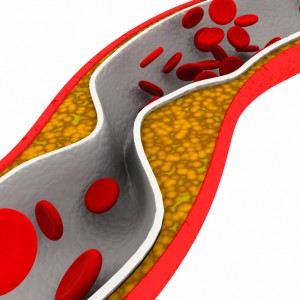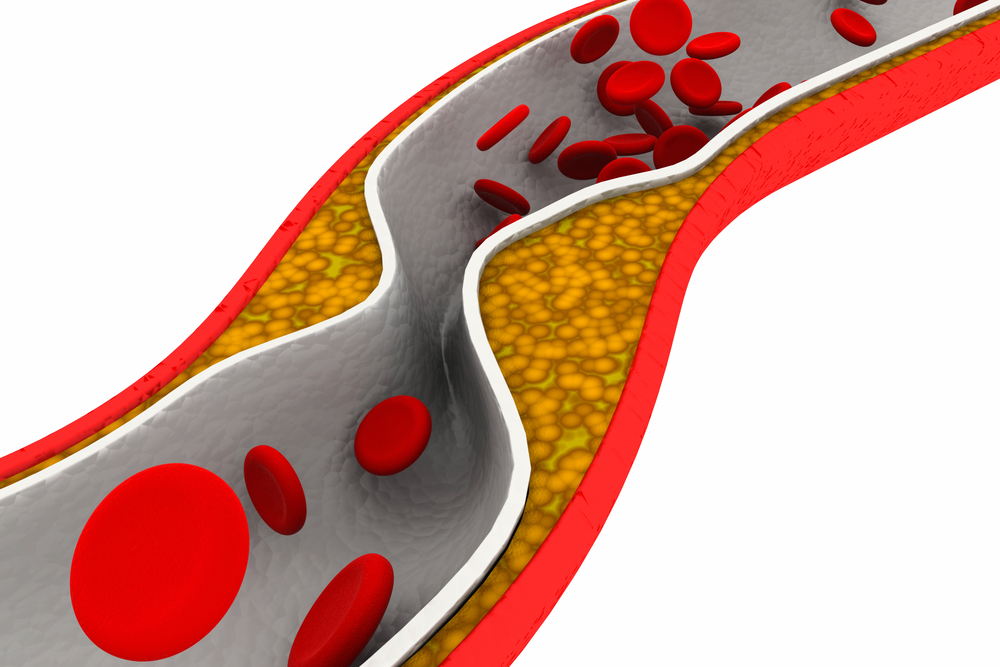 To increase and maximize stroke recovery, scientists may want to focus on ways to support the uninjured side of the brain.
To increase and maximize stroke recovery, scientists may want to focus on ways to support the uninjured side of the brain.
According to Dr. Adviye Ergul from the Medical College of Georgia at the Georgia Regents University, most studies focus on the stroke area and in ways to limit the damage to that specific area. However, Dr. Ergul and his collaborator Dr. Susan Fagan, a stroke pharmacist working at Medical College of Georgia are among a larger group of scientists that advocate that while the opposite side of the brain might not have experienced the stroke in a direct way, its ability to assist the injured side is modified.
That assistance includes the aid of endothelial cells located around blood vessels in each side of the brain that release protective growth factors, helping injured neurons to recover and potentiating the growth of new blood vessels. This activity attracts endogenous stem cells that promote what researchers call a “regenerative niche” minimizing stroke-related damage. These transformations also benefit the uninjured side of the brain, as it receives a boost of growth factors and vessels and can therefore assume more responsibilities.
“It’s still unclear what that hemisphere is really doing. Some people think it’s just suppressing abnormal neurons firing in the damaged area. We think it’s more active recover. We know that blood vessels react a lot to the injury in distant parts of the brain. Within a few days of a stroke, the non-damaged side becomes more active and starts taking up, we think, some of the functions of the damaged side. If you do functional MRIs in humans, you can see other hemispheres starting to light up more in the recovery phase within a few days of stroke,” Dr. Fagan explained.
Patients suffering with diabetes or hypertension have their ability to control blood flow compromised, increasing the risk for stroke. This novel approach focusing on the uninjured side of the brain may help prevent and treat stroke, possibly unveiling and potentiating crucial research in this field.


